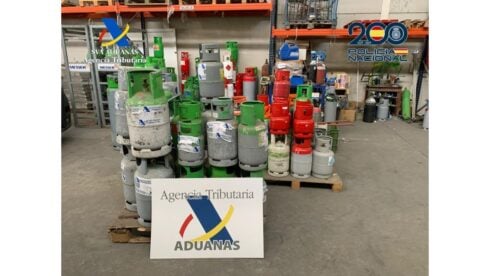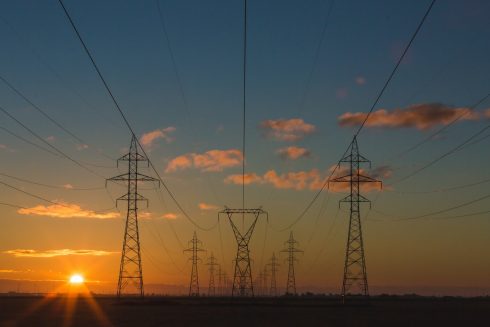WIND power is on track to become Spain’s leading energy source this year, overtaking nuclear and gas-powered electricity for the first time.
Wind power has generated 23.1% of Spain’s electricity in 2021 so far, above Nuclear’s 21% contribution and 16.8% from combined-cycle generators which run on natural gas.
Unless there’s a fluke outage of wind farms across the country in late December, this will make 2021 the first year that wind power overtakes all other energy sources in Spain.
It comes after Spain’s government slashed coal production over the last two decades, a dramatic drop from powering 85.6% of the national mix in 2002 to under 5% by 2019.
“Wind power is going to continue to dominate the Spanish electricity grid for a long time,” Francisco Valverde, a consultant at the energy company Menta Energia, told NIUS.
Spain currently boasts 1,267 wind parks with 21,431 wind turbines providing 27GW of wind energy capacity – the second-most capacity in the EU after Germany.
The northern regions dominate wind power production with Castilla y Leon providing 23% of wind power, Aragon providing 15.2% and Castilla La Mancha providing 14.2%.
The region of Navarra in the north was also where Acciona installed Spain’s first windfarm in 1994.
Some 27 years later wind energy has shot to the top of Spain’s energy mix, providing 30,000 jobs, and with political backing to keep on growing.
Spain’s National Integrated Plan of Energy and Climate (PNIEC) hopes the industry will double in size to hit the target of making Spain 74% renewable energy by 2030.
In 2021, renewable energies in total are set to produce 47% of Spain’s national energy mix – another national record.
Scientists are now hoping that 2022 will be the year Spain joins Norway, Iceland and Sweden as the only European countries where more than 50% of energy is produced by renewables.
READ MORE:
- Energy firm Iberdrola announces plan for massive floating wind power farm off Spain’s coast
- Spain almost entirely eliminates burning of coal for electricity some 10 YEARS ahead of schedule thanks to EU regulations
Click here to read more Environment News from The Olive Press.








